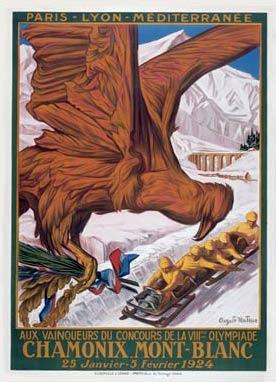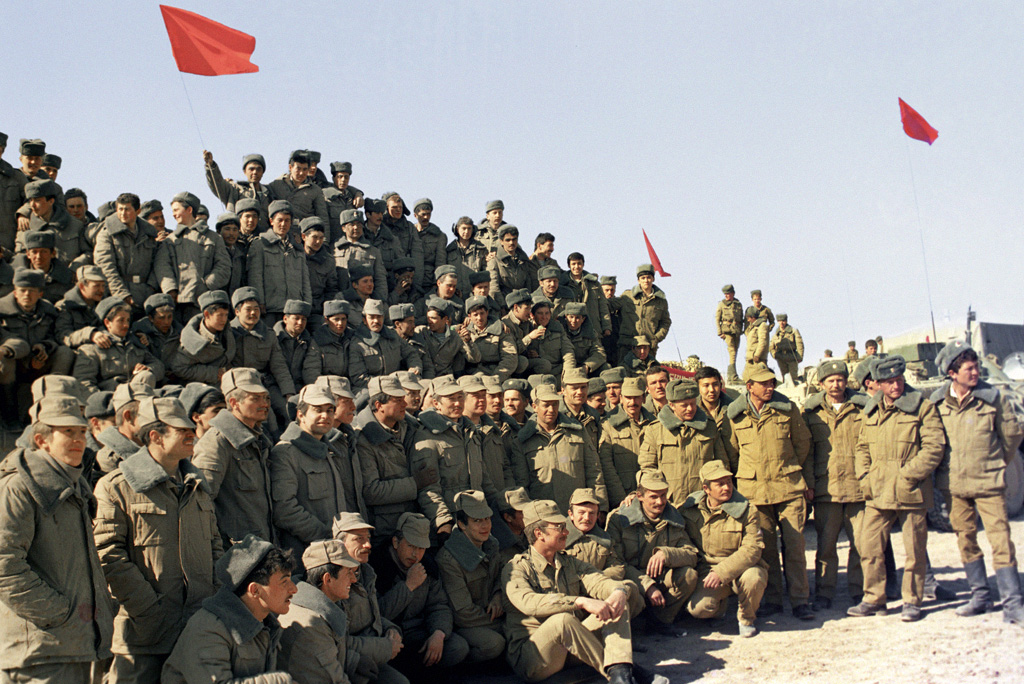|
Geoffrey Gordon (computer Scientist)
Geoffrey Gordon was the creator of the popular GPSS simulation system language. Career In the early 1950s, Gordon began using analog computers for simulation in England. A few years later he began working with digital computers. He moved to the United States in 1955 where he continued working with digital simulation at Westinghouse Electric Corporation. At the end of following year (1956) he began working at Bell Labs Nokia Bell Labs, commonly referred to as ''Bell Labs'', is an American industrial research and development company owned by Finnish technology company Nokia. With headquarters located in Murray Hill, New Jersey, Murray Hill, New Jersey, the compa ..., writing simulation software for message switching systems. In 1959, he started work on a project to digitally simulate what was seen across flow-chart style simulation sequence diagrams, instead of writing new software for each one. These diagrams used nodes to communicate the flow and operations of a simulation. ... [...More Info...] [...Related Items...] OR: [Wikipedia] [Google] [Baidu] |
GPSS
General Purpose Simulation System (GPSS) is a simulation language used for discrete-event simulations. It is especially useful in the modelling of queuing systems, with many statistics being collected automatically. The typical simulation consists of ''Transactions'' being generated in the system (usually at a certain interval), performing a defined set of rules (like use a resource, wait, transfer), and being removed from the simulation. History GPSS was developed in the 1960s by Geoffrey Gordon, an employee of IBM's Advanced Systems Development Division (ASDD). This division was heavily involved with research into the design of teleprocessing systems, trying to achieve an economic balance of the use of computer resources and shared lines between server terminals. The simulation system, then known as the Gordon Simulator, became very popular in the study of teleprocessing systems within ASDD. It subsequently was fixed and documented on October 25, 1960 in an internal IBM memoran ... [...More Info...] [...Related Items...] OR: [Wikipedia] [Google] [Baidu] |
Westinghouse Electric Corporation
The Westinghouse Electric Corporation was an American manufacturing company founded in 1886 by George Westinghouse and headquartered in Pittsburgh, Pennsylvania. It was originally named "Westinghouse Electric & Manufacturing Company" and was renamed "Westinghouse Electric Corporation" in 1945. Through the early and mid-20th century, Westinghouse Electric was a powerhouse in heavy industry, electrical production and distribution, consumer electronics, home appliances and a wide variety of other products. They were a major supplier of generators and steam turbines for most of their history, and was also a major player in the field of nuclear power, starting with the Westinghouse Atom Smasher in 1937. A series of downturns and management missteps in the 1970s and 80s combined with large cash balances led the company to enter the financial services business. Their focus was on mortgages, which suffered significant losses in the late 1980s. In 1992 they announced a major restruct ... [...More Info...] [...Related Items...] OR: [Wikipedia] [Google] [Baidu] |
Bell Labs
Nokia Bell Labs, commonly referred to as ''Bell Labs'', is an American industrial research and development company owned by Finnish technology company Nokia. With headquarters located in Murray Hill, New Jersey, Murray Hill, New Jersey, the company operates several laboratories in the United States and around the world. As a former subsidiary of the American Telephone and Telegraph Company (AT&T), Bell Labs and its researchers have been credited with the development of radio astronomy, the transistor, the laser, the photovoltaic cell, the charge-coupled device (CCD), information theory, the Unix operating system, and the programming languages B (programming language), B, C (programming language), C, C++, S (programming language), S, SNOBOL, AWK, AMPL, and others, throughout the 20th century. Eleven Nobel Prizes and five Turing Awards have been awarded for work completed at Bell Laboratories. Bell Labs had its origin in the complex corporate organization of the Bell System telepho ... [...More Info...] [...Related Items...] OR: [Wikipedia] [Google] [Baidu] |
1924 Births
Events January * January 12 – Gopinath Saha shoots Ernest Day, whom he has mistaken for Sir Charles Tegart, the police commissioner of Calcutta, and is arrested soon after. * January 20–January 30, 30 – Kuomintang in China holds its 1st National Congress of the Kuomintang, first National Congress, initiating a policy of alliance with the Soviet Union and the Chinese Communist Party. * January 21 – Alexander Cambridge, 1st Earl of Athlone, The Earl of Athlone is appointed Governor-General of the Union of South Africa, and High Commissioner for Southern Africa.Archontology.org: A Guide for Study of Historical Offices: South Africa: Governors-General: 1910-1961 (Accessed on 14 April 2017) * January 22 – R ... [...More Info...] [...Related Items...] OR: [Wikipedia] [Google] [Baidu] |
1989 Deaths
1989 was a turning point in political history with the " Revolutions of 1989" which ended communism in Eastern Bloc of Europe, starting in Poland and Hungary, with experiments in power-sharing coming to a head with the opening of the Berlin Wall in November, the Velvet Revolution in Czechoslovakia and the overthrow of the communist dictatorship in Romania in December; the movement ended in December 1991 with the dissolution of the Soviet Union. Revolutions against communist governments in Eastern Europe mainly succeeded, but the year also saw the suppression by the Chinese government of the 1989 Tiananmen Square protests in Beijing. It was the year of the first Brazilian direct presidential election in 29 years, since the end of the military government in 1985 that ruled the country for more than twenty years, and marked the redemocratization process's final point. F. W. de Klerk was elected as State President of South Africa, and his regime gradually dismantled th ... [...More Info...] [...Related Items...] OR: [Wikipedia] [Google] [Baidu] |



